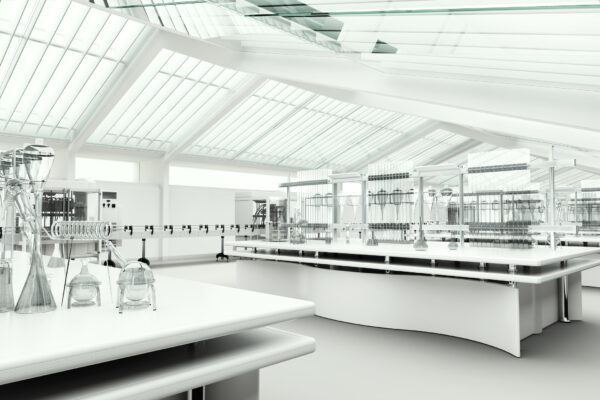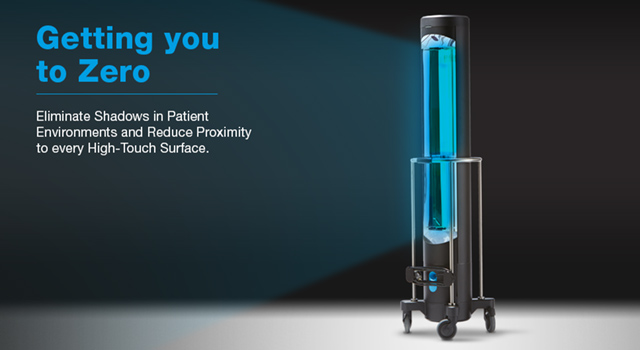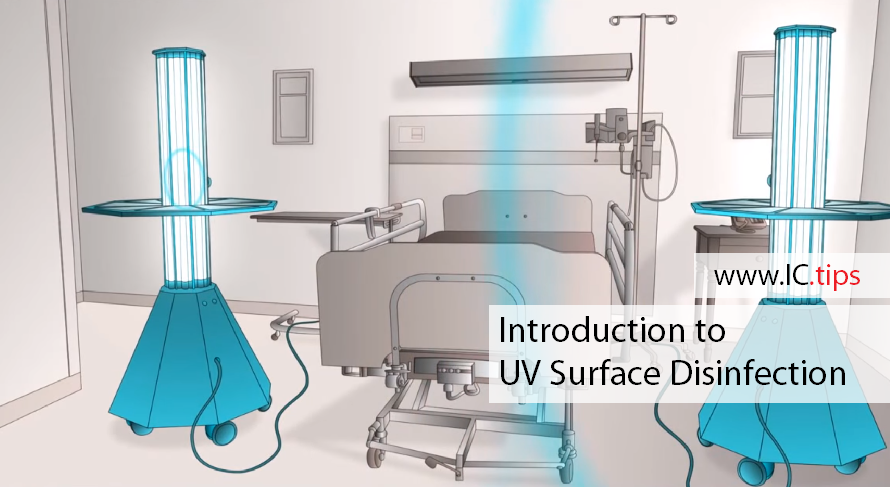Taking Advantage Of the Possible of UV Sanitation: Shielding Health And Wellness and Hygiene
As the world grapples with the ongoing pandemic and the constant threat of transmittable diseases, the significance of maintaining wellness and health has actually never ever been a lot more obvious. In this context, taking advantage of the possibility of UV sanitation arises as an appealing service. UV disinfection, an innovation widely used in various sectors, has actually shown effective in removing unsafe virus. There is much even more to explore behind the science of UV sanitation and its applications. From understanding the systems at play to implementing this modern technology in our daily lives, this discussion intends to clarify the potential of UV disinfection and its duty in safeguarding our health and wellness and health.
Comprehending UV Disinfection
UV disinfection is an extremely effective and commonly utilized method for making certain and removing damaging virus health and wellness and health. This technique uses ultraviolet (UV) light to suspend bacteria by harming their DNA and avoiding them from duplicating. UV disinfection is specifically reliable versus germs, infections, and other microorganisms that can create infections and illness.
The concept behind UV sanitation is basic yet powerful. UV disinfection can be applied in different settings, including water treatment plants, healthcare facilities, food handling industries, and air purification systems.
Among the benefits of UV disinfection is its capability to efficiently and effectively remove a wide variety of virus without the need for additives or chemicals. Unlike various other sanitation approaches, such as chlorine or ozone, UV sanitation does not introduce hazardous spin-offs or chemical residues right into the atmosphere. In addition, UV disinfection is a non-contact procedure, which implies that it does not require physical call with the microorganisms, reducing the threat of cross-contamination.

The Science Behind UV Sanitation
The efficiency of UV disinfection exists in its capacity to interrupt the genetic product of microorganisms, making them incapable to duplicate and therefore eliminating their damaging potential. This high-energy UV-C radiation is most reliable in disinfection applications since it can pass through the cell wall surfaces of bacteria and harm their DNA or RNA.
When microbes are exposed to UV-C radiation, the power is soaked up by their hereditary product, triggering bonds to break and developing chemical reactions that disrupt their ability to recreate. This avoids the microorganisms from duplicating and spreading infection. UV sanitation is especially efficient against fungi, bacteria, and infections, including common pathogens such as Escherichia coli, Salmonella, and Influenza.
The scientific research behind UV sanitation is sustained by substantial research study and researches. It has actually been revealed that exposure to an adequate dose of UV-C radiation can accomplish a high degree of sanitation, typically exceeding 99.9% effectiveness in killing microbes. It is vital to keep in mind that the efficiency of UV disinfection depends on various variables, consisting of the intensity of UV-C radiation, direct exposure time, distance from the UV resource, and the vulnerability of the microbe to UV radiation (uv surface disinfection).
Applications of UV Disinfection
Offered the comprehensive study and effectiveness of UV sanitation in disrupting the hereditary material of microbes, it is necessary to check out the various functional applications of this technology. UV sanitation has actually shown to be a beneficial tool in a vast array of markets where maintaining a tidy and secure environment is important.
One major application of UV disinfection remains in medical care setups. UV light can be utilized to decontaminate surfaces, devices, and even the air in health centers and clinical facilities. This helps to decrease the threat of healthcare-associated infections and guarantees a more secure environment for people and healthcare workers.
An additional important application is in the food and drink sector. UV disinfection is utilized to treat water and eliminate dangerous virus, such as E. coli and Salmonella, from the manufacturing procedure. uv surface disinfection. This makes certain the safety and security and top quality of the items we eat
UV sanitation is additionally widely made use of in water treatment plants and wastewater therapy centers. It is a reliable technique for ruining hazardous germs, viruses, and bloodsuckers that can be existing in water resources. This assists to supply safe and tidy alcohol consumption water to areas and protect the setting from air pollution.
In addition, UV sanitation is employed in the pharmaceutical industry to disinfect tools and keep the honesty of products. It is also utilized in laboratories and research centers to stop contamination and ensure accurate results.
Advantages of UV Sanitation Innovation
One noteworthy advantage of using UV sanitation modern technology is its capacity to properly get rid of microbes without making use of severe chemicals. This is especially helpful in different settings, such as health care centers, water treatment plants, and food processing markets, where the existence of unsafe microorganisms positions a considerable risk to public health and safety.
Unlike traditional disinfection methods that depend on chemicals like chlorine or ozone, UV sanitation innovation uses ultraviolet light to target and ruin the DNA of microorganisms, effectively counteracting their ability to reproduce and create infections. This procedure not only removes the requirement for potentially harmful chemicals yet likewise lowers the threat of chemical residue or by-products continuing to be in the treated setting.

Moreover, UV disinfection innovation is environmentally friendly. As it does not depend on using chemicals, it eliminates the requirement for their disposal, manufacturing, and transportation, decreasing the general carbon footprint related to disinfection processes. Additionally, UV disinfection systems have a longer lifespan contrasted to chemical-based approaches, causing much less constant substitute and additional decreasing waste.
Executing UV Disinfection in Every Day Life
To successfully execute UV sanitation in day-to-day life, organizations and individuals can integrate mobile UV disinfecting gadgets into their hygiene regimens and cleaning up methods. These gadgets are designed to give off ultraviolet light, which has been proven to kill or suspend a large range of microbes, consisting of germs, viruses, and fungi. By utilizing portable UV sterilizing devices, individuals can disinfect commonly touched surface areas and items, such as mobile phone, laptops, secrets, and doorknobs, decreasing the risk of spreading out bacteria and infections.
Along with incorporating mobile UV disinfecting gadgets, it is very important to follow proper standards and suggestions important source for efficient UV disinfection. This includes making certain that the tool is utilized properly and for the recommended page duration to attain ideal disinfection outcomes. It is likewise critical to focus on safety and security procedures, such as using safety eyeglasses and preventing straight exposure of the UV light to the skin.

Additionally, organizations can apply UV sanitation innovation in various setups to boost hygiene practices. For example, hospitals and medical care centers can utilize UV disinfection robots to disinfect client rooms, running movie theaters, and other high-touch locations. Food processing sectors can incorporate UV disinfection systems into their manufacturing lines to boost food safety and security and protect against contamination.
Conclusion
In verdict, UV sanitation technology holds excellent possible in safeguarding health and wellness and hygiene. With its many benefits, UV sanitation is an important device for preserving a clean and healthy and balanced environment.
Unlike other disinfection methods, such as chlorine or ozone, UV disinfection does not introduce dangerous byproducts or chemical deposits right into the environment. It is important to note that the effectiveness of UV disinfection depends on different elements, consisting of the strength of UV-C radiation, direct exposure time, range from the UV source, and the sensitivity of the microorganism to UV radiation.
An additional benefit of UV disinfection modern technology is its ability to supply constant and rapid disinfection. Unlike manual cleaning approaches, which can be taxing and require considerable labor, UV sanitation systems can be automated and operate constantly, guaranteeing constant sanitation without human intervention.To properly apply UV sanitation in day-to-day life, organizations and people can include portable UV sanitizing devices right into their health routines and cleaning More about the author practices.
Comments on “UV Surface Disinfection Solutions: Enhancing Safety and Hygiene in Any Type Of Atmosphere”